Siberian Cat
Siberian Cat
America’s Robust and Playful Feline
1. Introduction to the Breed
The Siberian, securing the #29 spot among the top cat breeds owned by Americans in 2024, is a robust and playful feline renowned for its thick, triple-layered coat and friendly personality. Known for their hypoallergenic qualities and dog-like playfulness, Siberians are ideal for active owners seeking a sturdy, affectionate companion. Their lush fur and engaging nature make them perfect for spacious households, from suburban homes to rural settings, where their energy and warmth bring joy and vitality.
2. History of the Breed
Originating in Russia, Siberians are an ancient breed, likely evolving naturally in Siberia’s harsh forests over centuries. Valued as farm cats for their mousing skills, they were documented in Russian folklore and gained modern recognition in the 1980s when exported to Europe and America. Recognized by the Cat Fanciers’ Association (CFA) in 2006, Siberians became popular in the U.S. for their hypoallergenic coat and success in cat shows and as family pets, their rugged charm and lively temperament making them a beloved breed.
3. Physical Characteristics
- Typical Size and Weight: Siberians are large, standing 9–11 inches tall at the shoulder and weighing 8–20 pounds (males) or 6–14 pounds (females), with a sturdy, muscular build.
- Coat and Color: Their semi-long, triple-layered coat is water-repellent and plush, in colors like tabby, solid, bicolor, or colorpoint, often with a mane-like ruff. The coat sheds moderately and requires regular grooming.
- Distinctive Features: Siberians have a rounded head, large, expressive eyes (often green or gold), and tufted, medium-sized ears. Their bushy tail, tufted paws, and robust frame enhance their rugged, forest-cat appearance.
4. Personality Traits
Siberians are friendly, playful, and intelligent, with a dog-like personality that makes them exceptional companions. They form strong bonds with owners, enjoying interactive play with children or familiar pets, and their curious nature fuels exploration. Their soft vocalizations, like chirps or trills, reflect their communicative but undemanding demeanor. Siberians are energetic and adaptable, suiting active owners who can provide ample stimulation to prevent boredom-driven behaviors like scratching or climbing.
5. Care Requirements
- Exercise Needs: Siberians need 30–60 minutes of daily play, including chasing toys, climbing tall cat trees, or interactive games like fetch. Mental stimulation through puzzle toys or window perches satisfies their curious minds.
- Grooming Needs: Their thick coat requires brushing 2–3 times per week to prevent matting and hairballs, with extra care during shedding seasons. Regular ear cleaning, nail trimming, and dental care maintain health, as they’re prone to dental issues.
- Dietary Considerations: A high-protein diet supports their sturdy build and energy. Portion control prevents obesity, and foods with omega fatty acids enhance coat health. Fresh water is essential for their active lifestyle.
6. Health and Lifespan
Siberians have an average lifespan of 12–15 years. Common health issues include hypertrophic cardiomyopathy (HCM), polycystic kidney disease (PKD), dental disease, and obesity. Their hypoallergenic coat may reduce allergies for some owners, though not all. Regular vet checkups, heart and kidney screenings, and a healthy lifestyle mitigate risks. Owners should monitor for weight gain, dental discomfort, or lethargy and ensure a balanced diet to support overall health. Genetic testing from breeders reduces hereditary concerns.
7. Training and Socialization
Siberians are highly intelligent and trainable, excelling at tricks like “fetch” or “jump” with positive reinforcement using treats or play. Their playful nature makes training engaging, though their energy requires consistent boundaries. Early socialization ensures comfort with strangers, children, and other pets, reducing shyness or territorial behavior. Teaching behaviors like using a scratching post or litter box habits is straightforward due to their adaptability. Interactive play or training prevents boredom-related behaviors like excessive climbing.
8. Ideal Home Environment
Siberians thrive in spacious homes with secure indoor or outdoor spaces, ideal for suburban or rural settings where they can climb and explore. They suit active families or individuals who enjoy interactive play or training. Tall cat trees, window perches, and sturdy furniture satisfy their adventurous spirit. Owners should provide a stimulating environment with toys and scratching posts to channel their energy and prevent destructive behaviors, ensuring a nurturing setting for their friendly nature.
9. What’s the Best Toy for My Siberian?
Siberians enjoy toys that suit their playful, energetic nature and sturdy build. Sturdy feather wands encourage leaping and pouncing, providing 15–20 minutes of interactive play to satisfy their hunting instincts. Large, durable balls for batting or fetching tap into their dog-like energy, ideal for 15–20 minute sessions in a secure space. Soft plush toys for wrestling mimic prey, perfect for 10–15 minute play bursts, with supervision to prevent tearing. Complex interactive puzzle toys with treat compartments challenge their intelligence, keeping them occupied indoors for 15–20 minutes. Avoid small, easily swallowed toys to prevent choking. Rotate toys regularly and pair with climbing or chasing games for engagement.
10. Adoption and Breeder Tips
Choose breeders affiliated with the CFA or Siberian breed clubs, ensuring health clearances for heart (HCM), kidneys (PKD), and dental conditions. Visit the breeder to assess kitten health, meet parents for temperament insights, and confirm ethical practices, including socialization and clean facilities. Rescues like Siberian-specific organizations offer adoptable cats, often with known histories. Avoid unregulated breeders or pet stores, as Siberians are prone to health issues if poorly bred. Ask about genetic testing, socialization, and grooming needs to ensure a healthy, well-adjusted cat.
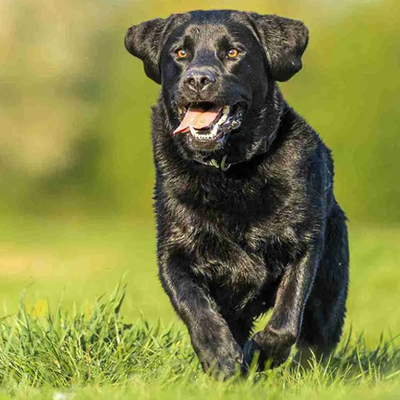
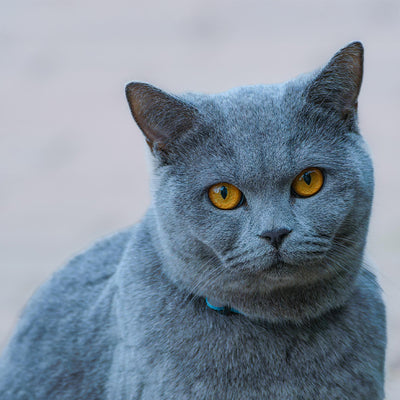
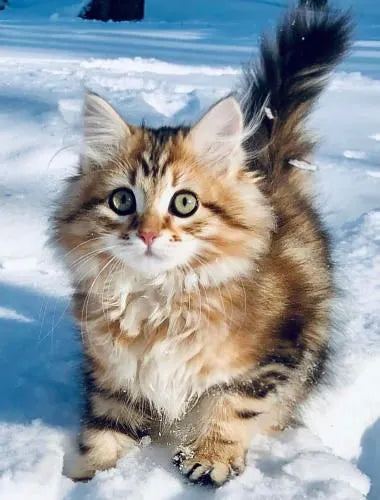
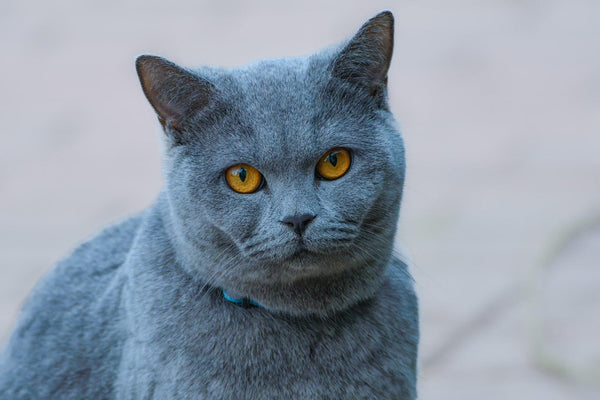
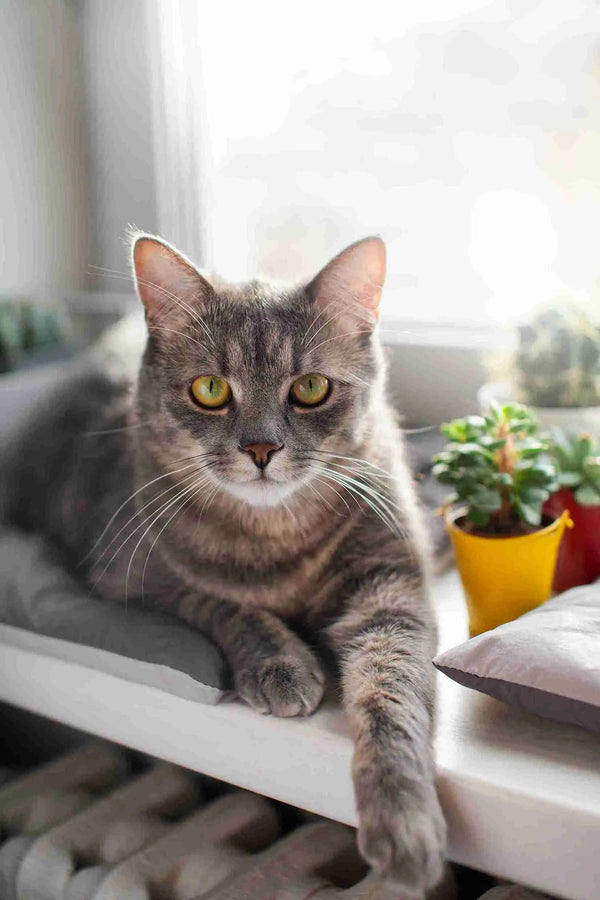
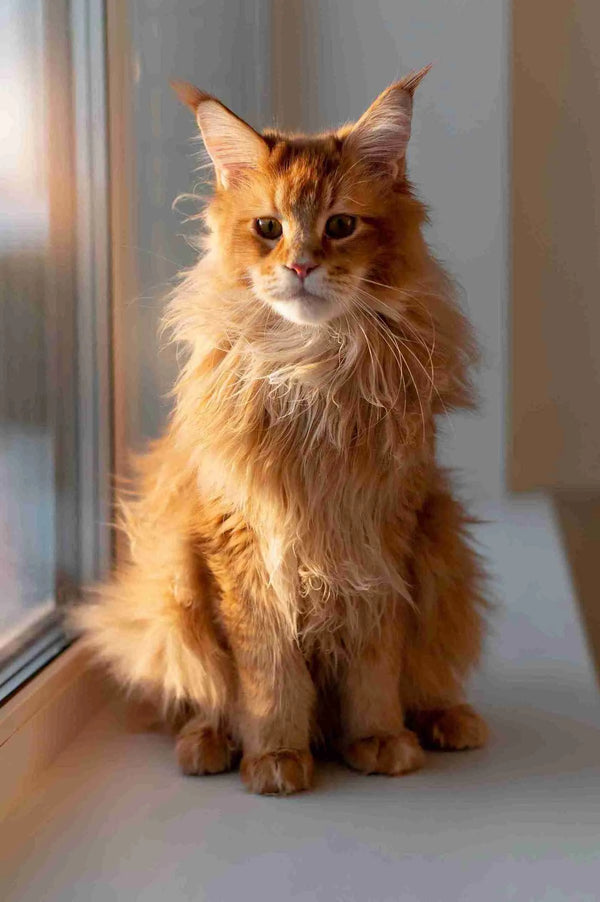
0 comments